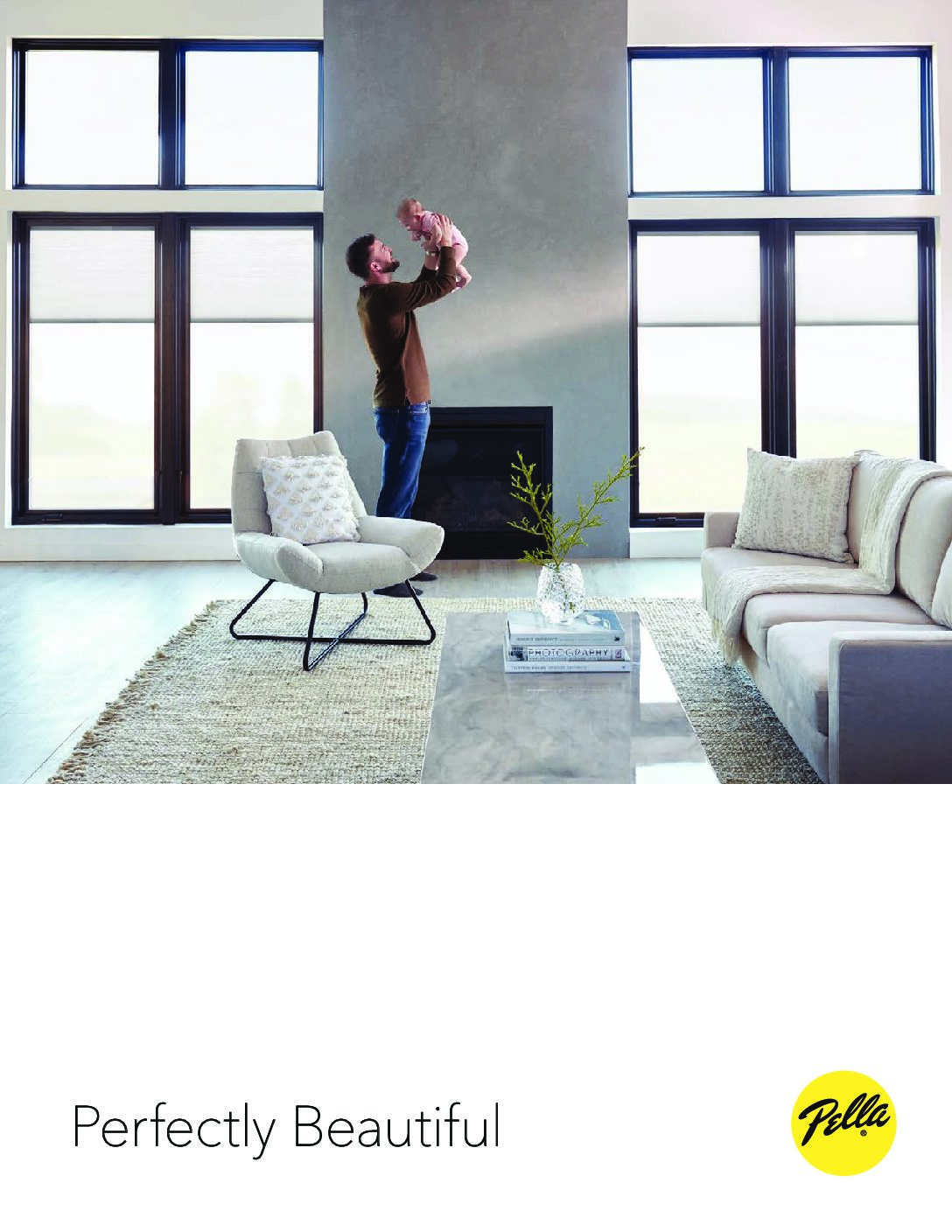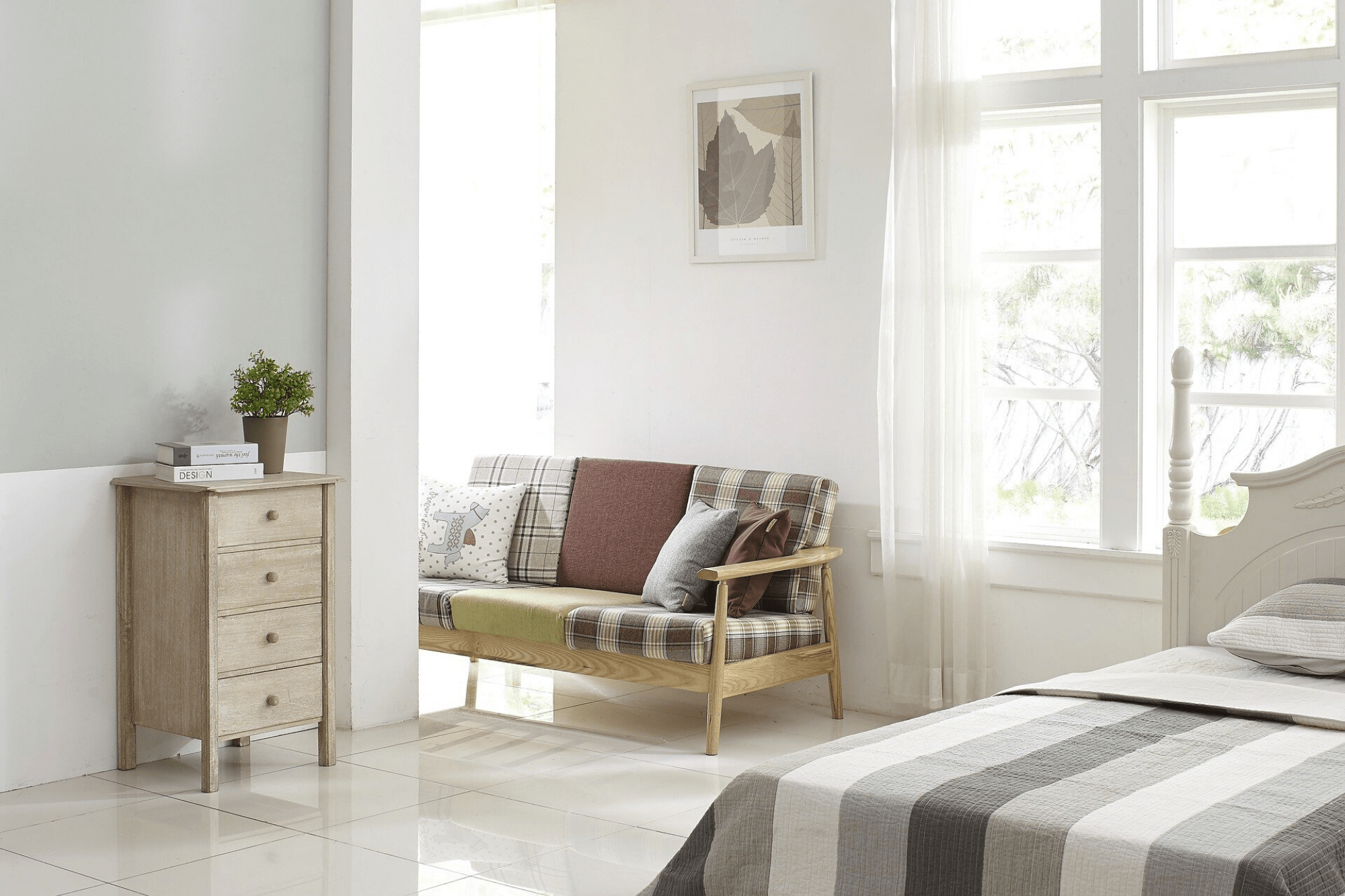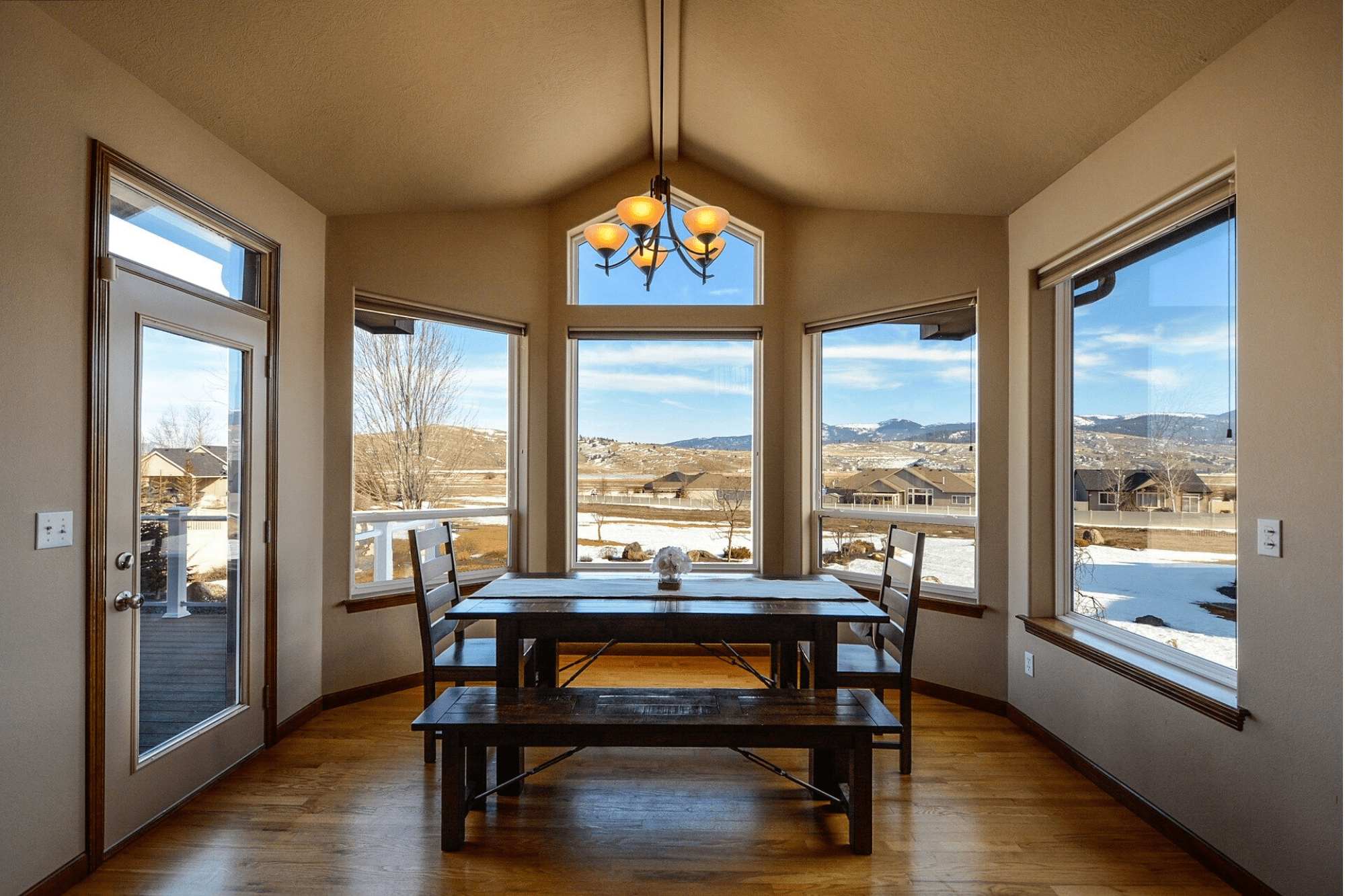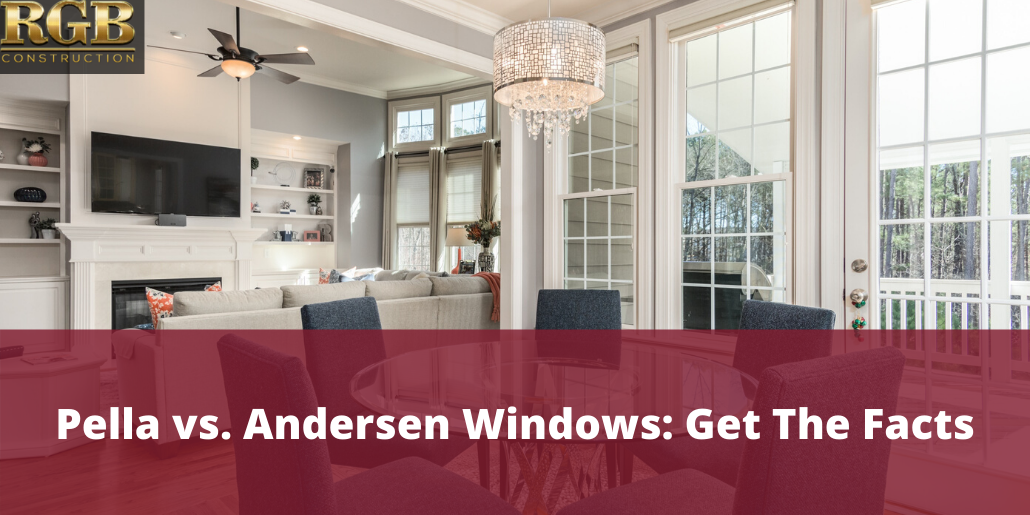Pella and Andersen are two of the biggest and most popular companies making windows. As such, both of them come recommended highly. Before we begin comparing them, we should say that both of these companies offer high-quality windows that should serve you well. We will attempt to judge which of these brands is superior, but your results might vary. Any judgment we might make should be taken only as a general rule.
It is not easy to compare these two companies because their products are quite similar. Both of these companies are well-established, and both of them seem to get good reviews. Both of them were also founded by Northern European immigrants. Thus, we will need to concentrate on the little differences in order to make our determination.
Company Bios
Before the contest begins, let’s take a look at our contenders.
Pella
Pella has been around since 1925, and they have a long history of innovation. The company is named for a town in Iowa, where the company was founded. The founders, named Pete and Lucille Kuyper, decided to invest some money in a new invention. This invention was a new type of window screen that rolled up and down like a shade. By enclosing the screen in a special frame, they made it possible to roll the screen up for easy storage. This invention was fairly successful, and they are still selling these kinds of screens today.
Pella has grown a lot since those days, as they now employ over 7,000 employees. Their annual revenue is about 1.6 billion dollars per year, making them one of the top window makers in the nation. At some point, the Kuypers merged the window business with their family’s lumber business to make the company even bigger.

 If there is one thing Pella windows are known for, it would have to be innovation. From the very start, they have offered uncommon window designs for those who are tired of the ordinary. Apart from their roll-up window screens, they also offer wooden windows that are plated with aluminum to offer the best of both materials. They also offer windows in which the blinds are sandwiched between two panes of glass, which is a really interesting innovation.
If there is one thing Pella windows are known for, it would have to be innovation. From the very start, they have offered uncommon window designs for those who are tired of the ordinary. Apart from their roll-up window screens, they also offer wooden windows that are plated with aluminum to offer the best of both materials. They also offer windows in which the blinds are sandwiched between two panes of glass, which is a really interesting innovation.
Andersen
This is a very old company, having been founded in 1903. Its Danish immigrant founder, Hans Andersen, originally set up shop in Hudson, Wisconsin. Back then, Hudson was an essential hub of the lumber industry due to the practice of floating logs down the St. Croix River. Their original window frames were made of white pine and were advertised as a “standard frame for any wall.”
Andersen is now a very large multinational company. Headquartered in Bayport, Minnesota, Andersen Corporation is now one of the biggest window makers in the world. According to the company’s website, they have over 9000 employees in North America and Europe. They offer different sales packages to fit both individuals and companies, which is a plus.
According to the Forbes list of America’s largest companies, Andersen ranks at #210, which is quite respectable. Their approximate annual revenue is 2.10 billion dollars per year. Of course, it should be noted that windows are not the only item that they sell. They are also a major seller of lumber, as they have been for many years.
Round One: Price
Because the financial bottom line is often the most important factor, let’s begin with the crucial element of pricing. Both Andersen and Pella offer a wide range of prices, with both basic and deluxe options being available. There are a number of things that can affect the cost of your window job, such as:
- The number of windows being replaced
- What type of windows you choose
- Your negotiation skills
- Rates of the contractor who installs the windows
When we make a general comparison of each company’s prices, we can see a clear pattern that is impossible to deny. Pella windows tend to be quite a bit cheaper than Andersen’s windows. In general, Andersen’s windows are going to cost you at least $1,000 per window, with some jobs being as high as $1,400 per window.
While Pella does have windows that cost $1,000 or more, their most expensive models don’t go higher than $1,100 or so. You can definitely get these windows for less than $1,000 per window, with some jobs costing as little as $770 for each one. Thus, the first round goes to Pella.
Round Two: Materials
Although both of these companies offer a wide range of windows in a wide range of materials, we can see certain trends when we look closer. On the whole, Pella seems to favor the use of all-vinyl frames, which probably helps to explain their lower prices. Apart from its low cost, vinyl is one of the most water-resistant materials that they could have chosen.
Andersen, on the other hand, seems to favor the use of wood (not surprising when you consider that they are also a lumber company). However, they don’t use raw natural wood anymore. They now use a proprietary blend called Fibrex. Fibrex is made of pinewood fibers and PVC (at a ratio of about 40/60). This is meant to give it the best qualities of both wood and plastic.
At the same time, Andersen does offer vinyl window frames, and Pella does offer frames in a wood/plastic hybrid form as well. Obviously, they don’t use Fibrex because it’s proprietary, but they do have comparable products that will probably do the same thing with equal efficiency. Thus, we have to call this round a draw.
Round Three: Popularity
Although popularity is not always an indicator of quality, it can serve that role in many instances. Companies that offer inferior products and services don’t tend to stick around very long. As such, the long-term popularity of a company can be used as a measure of how satisfied its customers may be.
In this round, Andersen comes back from their defeat in round one with a serious counterattack. As we can see by looking at the bios presented, Andersen makes a lot more money per year than Pella. The difference in their approximate annual revenues is about half a billion dollars, which is a very significant gap. Curiously, the difference between their total employee numbers is nowhere near as large (Andersen employs about 2,000 more people than Pella).
 Round Four: Variety
Round Four: Variety
After taking a beating in the last round, Pella has a decisive advantage in this one. We have already mentioned that Pella started with an innovative and unique design, showing that they are always ready to try new ideas. From the start, they have placed a high value on innovation, and we just don’t see that same thing from Andersen’s products or their company history. It seems that they mostly make their frames out of wood because they have a vested financial interest in doing so. However, the vinyl windows are cheaper and longer-lived.
Andersen does get a few points in this round for their unique blend of PVC and wood, but we can’t help but wonder why they chose pine as the basis for this mixture. Pine is one of the softest varieties of wood, so you would think they might choose something stronger. As pine and PVC are both prone to bending, it’s a good bet that Fibrex will have that same relative lack of rigidity.
Most of Andersen’s products are of the standard variety, offering solid but uncreative products. As we said, these are very good windows, but you won’t get a whole lot of innovation from their catalog. Thus, Pella wins a decisive victory in this round.
Round Five: Customer Satisfaction
It is very hard to judge this round because customer satisfaction is not always accurately reported. In fact, there are times in which companies will attempt to sabotage one another with a practice known as “review-bombing.” Basically, they recruit or hire people to write bad reviews for a particular company. Sometimes, these review-bombing campaigns can make it hard to tell how satisfied the customers actually are. Nevertheless, let’s see what we can learn.
If we look at both companies on the website of the Better Business Bureau, we see that they are evenly matched in most respects. Both of them have an A+ rating, but neither of them has been officially accredited by the organization. In terms of the sheer number of complaints, Andersen shows a total of 81 complaints, while Pella shows 91. Thus, it would appear that Andersen has the edge in this contest.
However, Pella disputes this claim. First of all, we are only talking about a difference of ten complaints. Secondly, we can see a reasonable explanation for this fact when we look at the complaints more closely. The majority of Pella complaints come from installation problems, which is easy to believe due to the often-unique and innovative designs that they offer. We can also see that the vast majority of these complaints were resolved or at least answered.
So, Andersen had a slight advantage in the numbers, but Pella has a reasonable explanation for this disparity. Thus, we will have to call this round a draw.
Round Six: Energy-Efficiency
With electric bill costs on the rise, energy-efficiency is one of the most important features that a window can have. In fact, some windows offer so much energy savings that they can pay for themselves over time. When trying to save money on your electric bill, you have to ask yourself this question: What is the biggest consumer of electricity in my home?
For most people, the answer is heating and cooling. Temperature control requires a huge energy input, regardless of whether you are trying to raise or lower the temperature. While some of this energy expenditure is unavoidable, a poorly-sealed home is one of those things you can realistically fix. That’s why it’s important to buy windows that are well-sealed.
 Both Pella and Andersen offer energy-efficient windows that are made to provide a tight seal. Less air loss equals less cost, so it’s a pretty sure bet that you will save money. However, Andersen’s energy-efficient windows are a lot more expensive than those offered by Pella. Thus, Andersen’s windows will take more time to recoup the costs of their purchase.
Both Pella and Andersen offer energy-efficient windows that are made to provide a tight seal. Less air loss equals less cost, so it’s a pretty sure bet that you will save money. However, Andersen’s energy-efficient windows are a lot more expensive than those offered by Pella. Thus, Andersen’s windows will take more time to recoup the costs of their purchase.
Also, it seems that Pella has put a little more thought into the engineering of energy-efficient windows. When we look at their list of innovations, we see that quite a few of them are geared towards making the windows more efficient. If nothing else, this shows us that Pella has invested a lot of time and money in the creation of energy-efficient windows. Because they offer unique energy-saving solutions that are not available from any other company, Pella wins this round hands down.
Conclusion: Declaring The Winner
So, let’s recap our contest and see who has emerged as the winner. In round one, we saw Pella take an early lead with prices that were significantly lower than those of their competitor. While this difference was not all that large, it was large enough to grant the round to Pella windows.
In round two, we compared the materials of which these two companies make their windows, and we found them to be evenly matched, leading to a draw for round two. In round three, Andersen came back with a solid win for their greater size, wealth, and popularity. However, Pella came back strong in round four by trouncing their opponent in the arena of variety.
Round five was disputed because the data turned out to be somewhat misleading. Although this initially looked like a win for Andersen, it had to be declared a draw. In round six, Pella busted out with an energy attack that knocked Andersen silly and gained the win for Pella, two points to one. If you have enjoyed this epic matchup, we hope that you will fill out the contact form below. Schedule a consultation by calling 856-264-9093.







